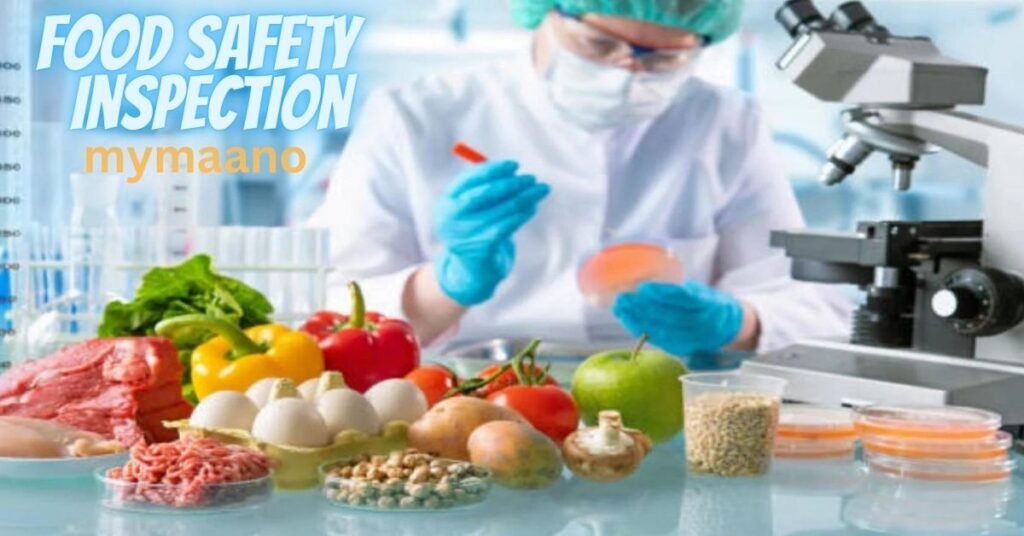Food safety is paramount in any setting where food is handled, prepared, or consumed. Preventing poor food safety practices is essential to protect public health and fitness and maintain the integrity of food establishments. In this professional guide, we’ll explore the common way to prevent poor food safety, whether you’re in the food service industry or simply ensuring safe food handling at home.
Understanding the Risks

WHAT IS THE COMMON WAY TO PREVENT POOR FOOD SAFETY?
1. Pathogens and Contaminants: Recognize the various pathogens and contaminants that can lead to foodborne illnesses, including bacteria, viruses, parasites, and chemical agents.
2. Food Safety Regulations: Familiarize yourself with local, national, and international food safety regulations and guidelines.
Prevention Measures
1. Personal Hygiene: Maintain strict personal hygiene practices, including handwashing, proper clothing, and avoiding work while ill.
2. Cross-Contamination: Prevent cross-contamination by using part cutting boards and utensils for raw and cooked foods.
3. Safe Food Handling: Handle food safely, keeping perishables refrigerated and using food thermometers to ensure proper cooking temperatures.
4. Cleaning and Sanitizing: Implement a rigorous cleaning and sanitizing regimen for all food contact surfaces and equipment.
Employee Training
1. Food Safety Training: Provide comprehensive food safety training to all employees, emphasizing the importance of following protocols.
2. Ongoing Education: Continuously educate staff on food safety updates, best practices, and any changes in regulations.
Risk Assessment
1. Hazard Analysis: Conduct a hazard analysis to identify potential risks in your food handling process.
2. Risk Mitigation: Develop and implement steps to mitigate identified risks, including prevention and crisis management plans.
Monitoring and Verification
1. Regular Inspections: Schedule regular inspections and audits to ensure compliance with food safety standards.
2. Document Procedures: Maintain detailed records of food safety procedures, inspections, and corrective actions taken.
Communication and Transparency
1. Customer Communication: Communicate food safety measures to customers, including allergen information and safe handling instructions.
2. Transparency: Be transparent about food sourcing, labeling, and preparation methods.
REFERENCES
READ MORE ABOUT THE BEST STREET FOOD OPPOSITE DLF FOOD IN INDIA
AT MYMAANO
<script async src="https://pagead2.googlesyndication.com/pagead/js/adsbygoogle.js?client=ca-pub-9874873739501890"
crossorigin="anonymous"></script>
